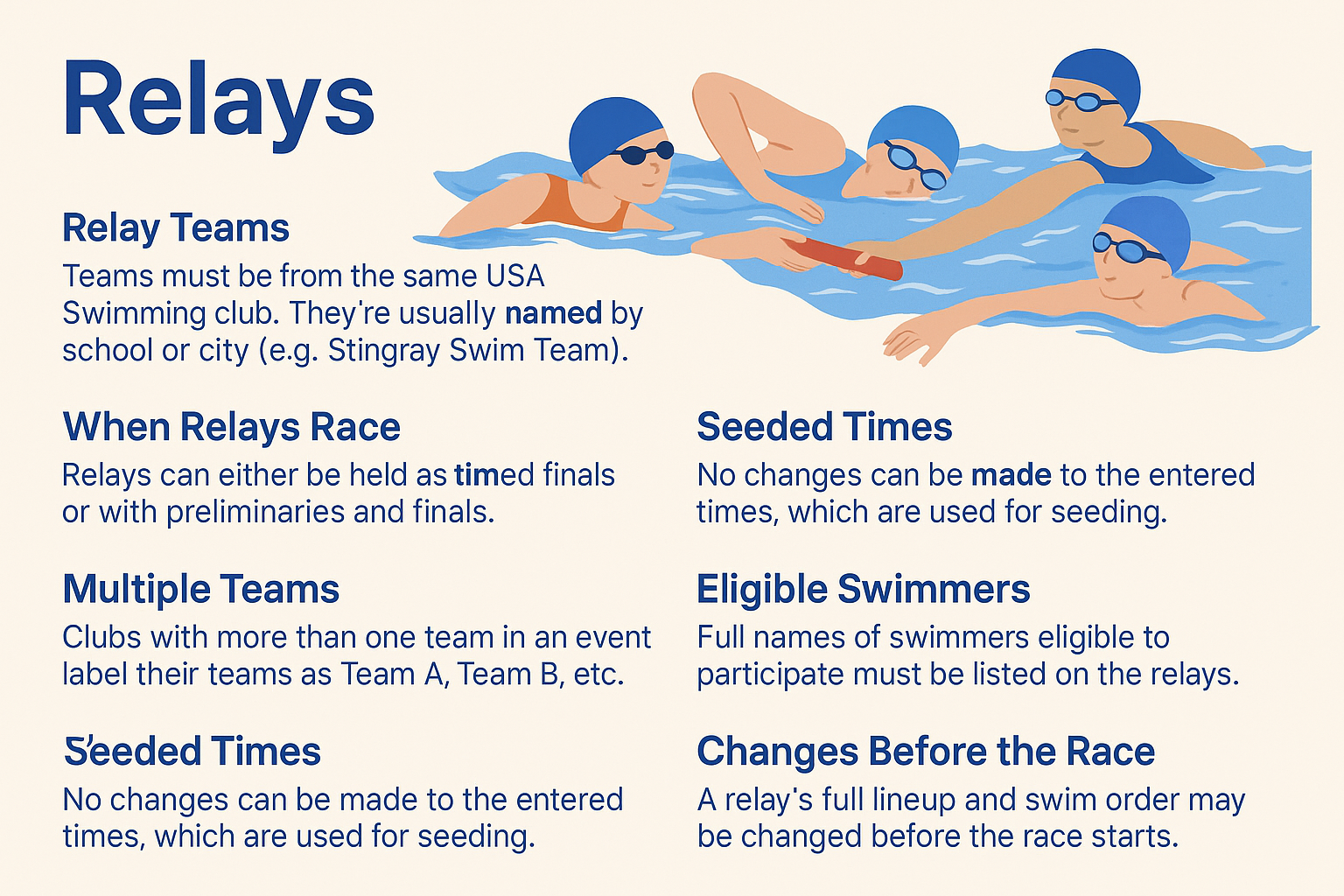Exploring Virtual Events and Meets in Swimming: How They Work and What You Need to Know
-
In the context of swimming, virtual events refer to competitive swimming events that are conducted virtually rather than in a traditional in-person format. These events gained popularity during the COVID-19 pandemic when many in-person sporting events were canceled or restricted.
In a virtual swimming event, participants swim in their own pools or training facilities instead of gathering at a central location. Swimmers record their times using various methods such as electronic timing systems, video submissions, or smartphone applications.
Here's how a typical virtual swimming event may work:
-
Registration: Swimmers register for the virtual event through an online platform or organization. They provide necessary details such as name, age group, and preferred event(s).
-
Event Selection: Participants choose the specific swimming events they wish to compete in, such as 50m freestyle, 200m backstroke, or individual medley (IM).
-
Time Recording: Swimmers swim their selected events in their own pools while ensuring they follow the event's rules and regulations. They may have a coach or a designated individual to record their times.
-
Time Submission: After completing their swims, participants submit their recorded times to the event organizers. This can be done by uploading videos of their swims, entering times into an online submission form, or using specific timing applications.
-
Results Compilation: Event organizers collect and verify the submitted times. They compile the results based on the swimmers' performances in each event and their respective age groups.
-
Results Announcement: Once the results are compiled, event organizers announce the final standings and provide participants with their individual times and rankings. They may also distribute digital certificates or medals to recognize participants' achievements.
Virtual swimming events offer swimmers the opportunity to compete and compare their performances with others without the need for physical proximity. They provide an alternative means of engagement and competition when traditional in-person events are not feasible or accessible.
-

